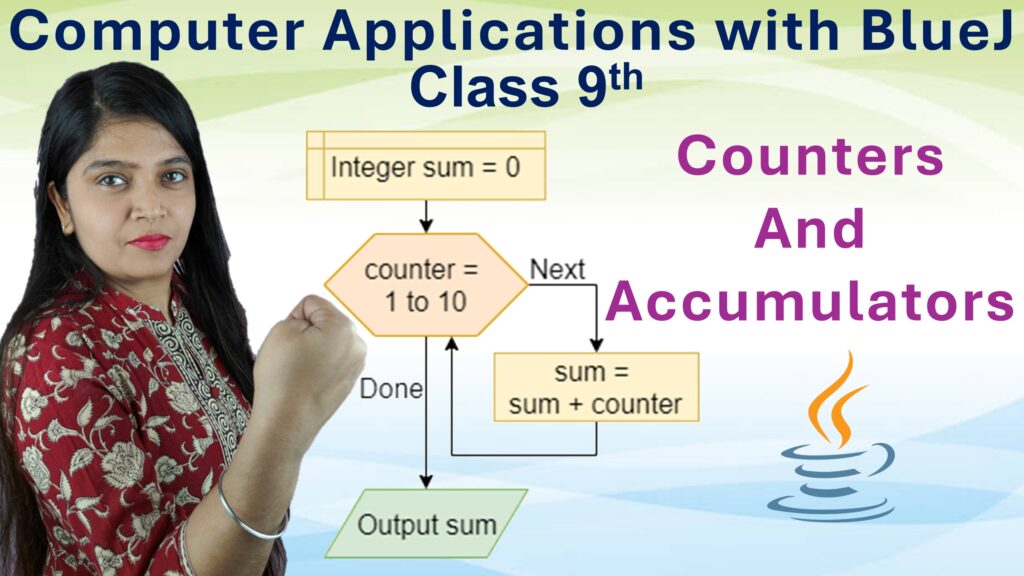Exercise: 4-E
Q1: For each pattern, given below, write the next three steps:
i.
Given:
\[
1\times9+1=10 \\
12\times9+2=110 \\
123\times9+3=1110
\]Next steps:
\[
1234 \times 9 + 4 = 11110 \\
12345 \times 9 + 5 = 111110 \\
123456 \times 9 + 6 = 1111110
\]
ii.
Given:
\[
9\times9+7=88 \\
98\times9+6=888 \\
987\times9+5=8888
\]Next steps:
\[
9876 \times 9 + 4 = 88888 \\
98765 \times 9 + 3 = 888888 \\
987654 \times 9 + 2 = 8888888
\]
iii.
Given:
\[
1\times8+1=9 \\
12\times8+2=98 \\
123\times8+3=987
\]Next steps:
\[
1234 \times 8 + 4 = 9876 \\
12345 \times 8 + 5 = 98765 \\
123456 \times 8 + 6 = 987654
\]
iv.
Given:
\[
111 \div 3 = 37 \\
222 \div 6 = 37 \\
333 \div 9 = 37
\]Next steps:
\[
444 \div 12 = 37 \\
555 \div 15 = 37 \\
666 \div 18 = 37 \\
\]
Q2: Complete each of the following squares
i.
Given square:
\[
\begin{array}{|c|c|c|}
\hline
6 & 7 & ? \\
\hline
? & 5 & 9 \\
\hline
8 & ? & 4 \\
\hline
\end{array}
\]Hint: Sum of each row = sum of diagonal
Step 1: Let missing entries be \(x, y, z\) as follows:
– Row 1, col 3 = \(x\)
– Row 2, col 1 = \(y\)
– Row 3, col 2 = \(z\)
Step 2: Sum of main diagonal = \(6 + 5 + 4 = 15\)
Sum of each row = 15, so:
– Row 1: \(6 + 7 + x = 15 \Rightarrow x = 2\)
– Row 2: \(y + 5 + 9 = 15 \Rightarrow y = 1\)
– Row 3: \(8 + z + 4 = 15 \Rightarrow z = 3\)
Answer:
\[
\begin{array}{|c|c|c|}
\hline
6 & 7 & \mathbf{2} \\
\hline
\mathbf{1} & 5 & 9 \\
\hline
8 & \mathbf{3} & 4 \\
\hline
\end{array}
\]
ii.
Given square:
\[
\begin{array}{|c|c|c|}
\hline
4 & ? & 8 \\
\hline
? & 7 & ? \\
\hline
? & ? & 10 \\
\hline
\end{array}
\]Hint: Sum of each row = sum of diagonal
Step 1: Let missing entries be \(x, y, z\) as follows:
– Row 1, col 2 = \(a\)
– Row 2, col 1 = \(b\)
– Row 2, col 3 = \(c\)
– Row 3, col 1 = \(d\)
– Row 3, col 2 = \(e\)
Step 2: Sum of main diagonal = \(4 + 7 + 10 = 21\)
Sum of each row = 21, so:
– Row 1: \(4 + a + 8 = 21 \Rightarrow a = 9\)
– Row 2: \(8 + c + 10 = 21 \Rightarrow c = 3\)
– Row 2: \(b + 7 + 3 = 21 \Rightarrow b = 11\)
– Row 3: \(4 + 11 + d = 21 \Rightarrow d = 6\)
– Row 3: \(6 + e + 10 = 21 \Rightarrow e = 5\)
Answer:
\[
\begin{array}{|c|c|c|}
\hline
4 & \mathbf{9} & 8 \\
\hline
\mathbf{11} & 7 & \mathbf{3} \\
\hline
\mathbf{6} & \mathbf{5} & 10 \\
\hline
\end{array}
\]
iii.
Given square:
\[
\begin{array}{|c|c|c|}
\hline
16 & 2 & ? \\
\hline
? & 10 & ? \\
\hline
? & ? & 4 \\
\hline
\end{array}
\]
Hint: Sum of each row = sum of diagonal
Step 1: Let missing entries be \(x, y, z\) as follows:
– Row 1, col 3 = \(a\)
– Row 2, col 1 = \(b\)
– Row 2, col 3 = \(c\)
– Row 3, col 1 = \(d\)
– Row 3, col 2 = \(e\)
Step 2: Sum of main diagonal = \(16 + 10 + 4 = 30\)
Sum of each row = 30, so:
– Row 1: \(16 + 2 + a = 30 \Rightarrow a = 12\)
– Row 2: \(12 + c + 4 = 30 \Rightarrow c = 14\)
– Row 2: \(b + 10 + 14 = 30 \Rightarrow b = 6\)
– Row 3: \(16 + 6 + d = 30 \Rightarrow d = 8\)
– Row 3: \(8 + e + 4 = 30 \Rightarrow e = 18\)
Answer:
\[
\begin{array}{|c|c|c|}
\hline
16 & 2 & \mathbf{12} \\
\hline
\mathbf{6} & 10 & \mathbf{14} \\
\hline
\mathbf{8} & \mathbf{18} & 4 \\
\hline
\end{array}
\]
Q3: See the following pattern carefully:

i. If n denotes number of squares and S denotes the number of matchsticks, find S in terms of n.
Observation:
Let us count the matchsticks in each figure:
n | 2 | 3 | 4 | 5 |
S | 7 | 10 | 13 | 16 |
Pattern:
Each new square adds 3 more matchsticks (because it shares one matchstick with the previous square).
So, the total number of matchsticks is:
\[
S = 3n + 1
\]
Answer: \(S = 3n + 1\)
ii. Find how many are required to make the:
a. 15th figure:
For 15th figure, n = 16
\[
S = 3n + 1 = 3 \times 16 + 1 = 48 + 1 = \mathbf{49}
\]b. 40th figure:
For 40th figure, n = 41
\[
S = 3n + 1 = 3 \times 41 + 1 = 123 + 1 = \mathbf{124}
\]
Answer: \(S_{15} = 46\), \(S_{40} = 121\)
iii. Write a description of pattern in words.
Each new square shares one matchstick with the square before it.
The first square requires 4 matchsticks.
Each additional square needs 3 more matchsticks.
So, to form a figure with \(n\) squares, we need:
– 4 matchsticks for the first square
– 3 matchsticks for each of the remaining \((n – 1)\) squares
Which gives us the formula:
\[
S = 4 + 3(n – 1) = 3n + 1
\]Answer: Number of matchsticks (S) is equal to one more than 3 times the number of squares.
Q4: Matchstick Pattern Analysis
_| _| _| _| _| _| ...... ........
i. In the following pattern, draw the next two figures.
_| _| _| _| and _| _| _| _| _|
ii. Construct a to ±scribe figures me above pattern.
Step-by-step Description:
Each figure consists of an ‘L’ shape made from 2 matchsticks (1 vertical, 1 horizontal).
With each new figure, we add one more L-shape using 2 more matchsticks.
n | 1 | 2 | 3 | 4 | 5 |
L | 2 | 4 | 6 | 8 | 10 |
iii. If n denotes the number of figures and L denotes the number of matchsticks, find L in terms of n.
Let L = Number of matchsticks
Let n = Number of figures
Each figure adds 2 matchsticks.
So, L = 2 × n
Answer: L = 2n
iv. Find how many matchsticks are required to make the:
a. 12th figure:
L = 2 × 12 = 24
b. 20th figure:
L = 2 × 20 = 40
Answer: 12th figure → 24 matchsticks
20th figure → 40 matchsticks







Leave a Comment